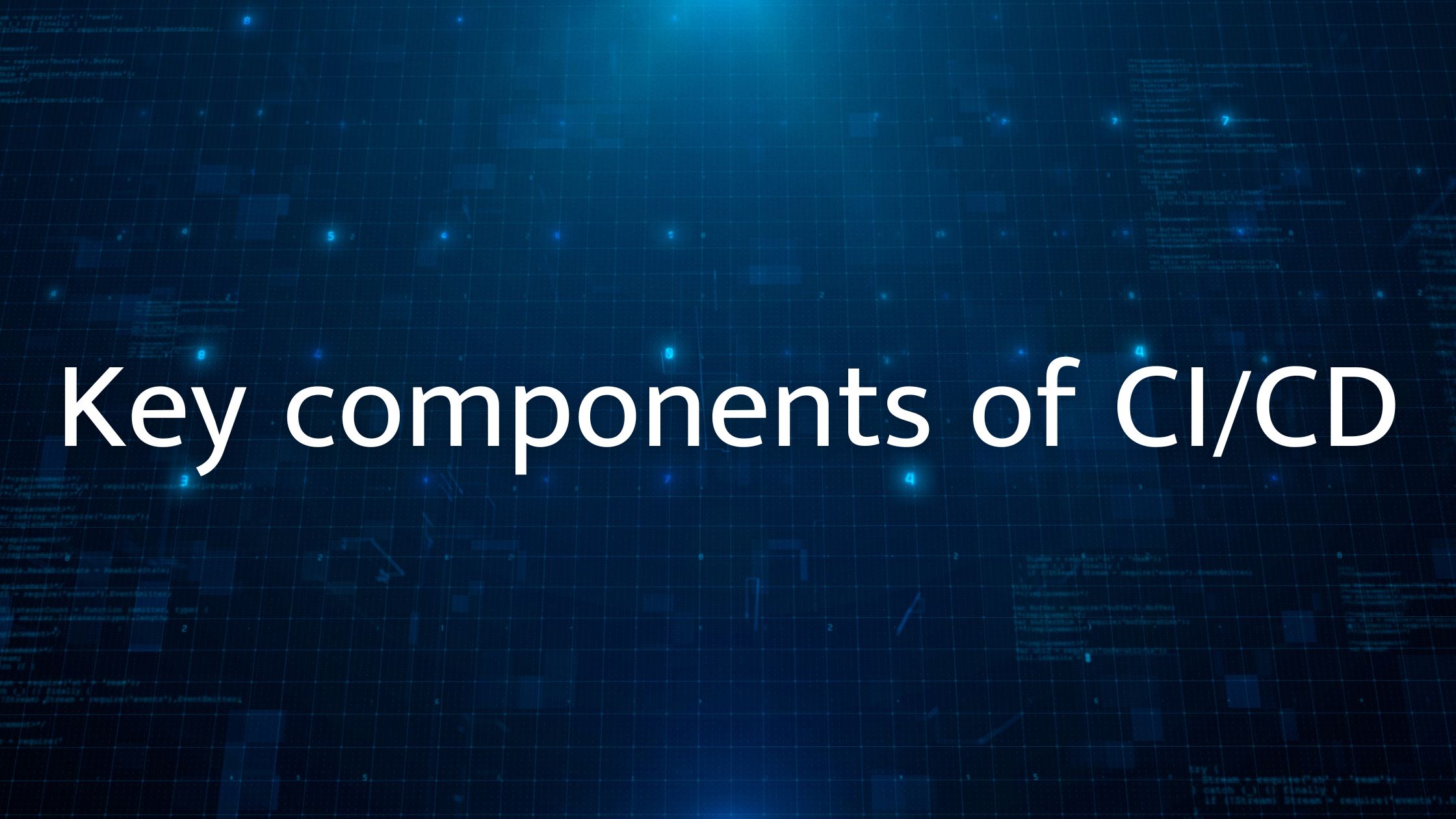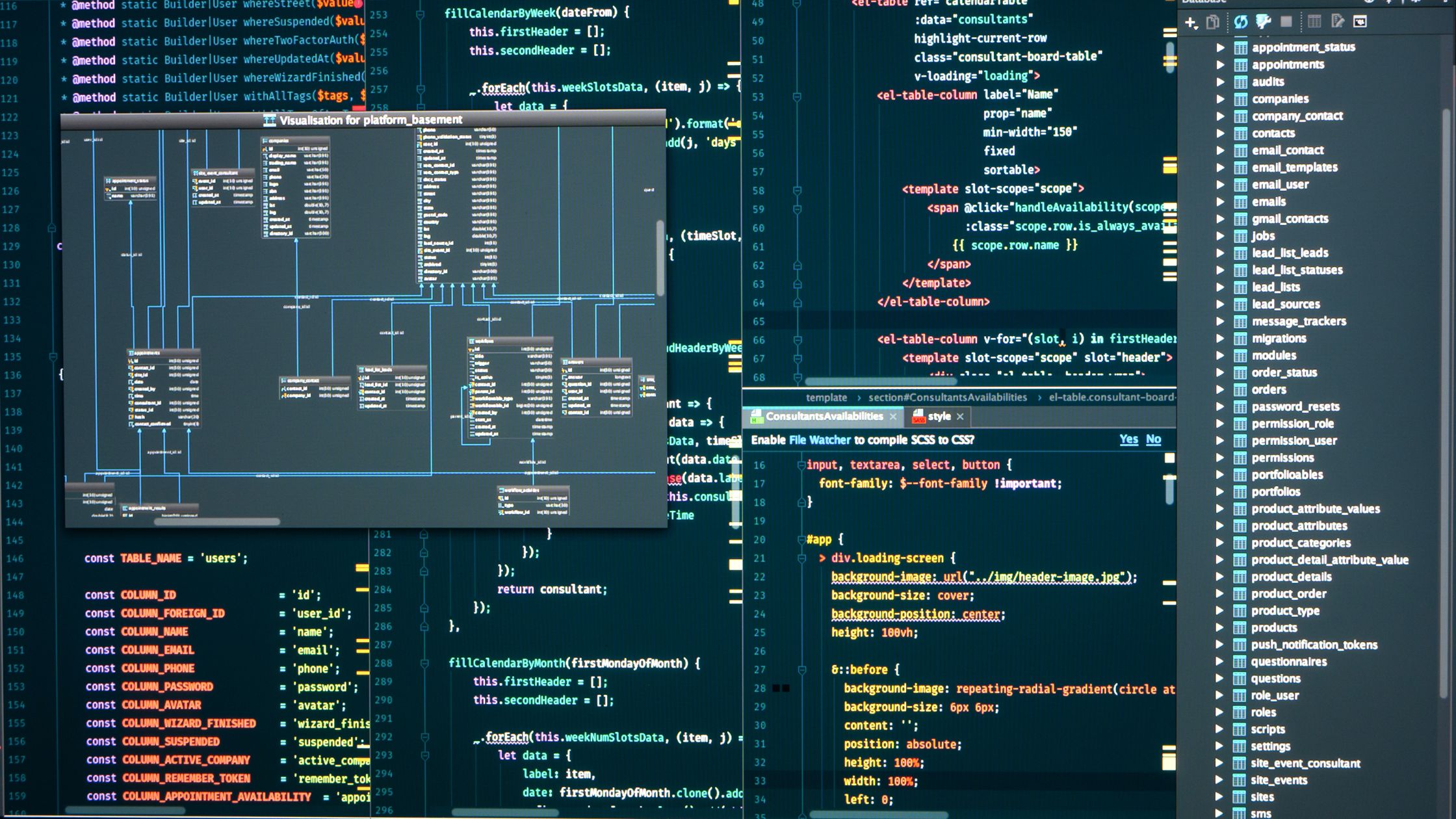MODIFIED ON: July 24, 2023 / ALIGNMINDS TECHNOLOGIES / 0 COMMENTS

Introduction:
In the rapidly evolving world of software development, delivering high-quality software quickly and efficiently is essential. Continuous Integration and Continuous Deployment (CI/CD) have emerged as crucial practices to streamline the software delivery pipeline.
In this article, we will explore the concept of CI/CD, its benefits, and how it automates the software delivery pipeline and much more!
So, let’s get started!
What is CI/CD?
CI/CD, an acronym for Continuous Integration and Continuous Deployment, is a set of practices and methodologies that enable software development teams to automate and streamline the process of delivering software applications. It focuses on integrating code changes frequently and automatically deploying them to production environments.
CI refers to the continuous integration of code changes into a shared repository. Developers commit their code changes to a central code repository, which triggers an automated build and test process. This practice ensures that code changes from multiple developers are regularly merged and tested for any conflicts or issues.
CD, on the other hand, encompasses continuous delivery and continuous deployment. Continuous delivery involves automatically packaging and preparing software for deployment after successful integration and testing. Continuous deployment takes it a step further by automatically deploying the software to production environments once it passes all necessary tests.
The Key Components of CI/CD

CI/CD comprises several key components that work together to automate the software delivery pipeline:
Version Control System (VCS)
A VCS, such as Git or Subversion, is used to manage and track changes made to the source code. It allows developers to collaborate, maintain a history of changes, and easily revert to previous versions if needed.
Build Automation
Build automation tools, such as Jenkins or Travis CI, automate the process of compiling and packaging software. They fetch the latest code changes from the VCS, build the software, and generate executable artifacts.
Automated Testing
Automated testing frameworks, like Selenium or JUnit, play a crucial role in CI/CD. They execute various types of tests, including unit tests, integration tests, and end-to-end tests, to ensure the software functions correctly and remains stable throughout the development process.
Continuous Integration Server
A continuous integration server monitors the VCS for code changes and triggers the build and test process automatically. It provides feedback to the development team about the status of the build, including any failures or errors.
Deployment Automation
Deployment automation tools, such as Ansible or Docker, automate the process of deploying software to different environments. They enable consistent and reproducible deployments, reducing the chances of human error and ensuring the software is deployed correctly.
Benefits of CI/CD
Implementing CI/CD brings numerous benefits to software development teams and organizations:
Faster Time to Market

CI/CD enables rapid software delivery by automating time-consuming tasks, such as code integration, building, testing, and deployment. It eliminates manual interventions and reduces the time required to release new features or bug fixes.
Improved Code Quality
By integrating code changes frequently and running automated tests, CI/CD helps identify and fix issues early in the development cycle. This results in higher code quality, as bugs and compatibility issues are caught sooner, reducing the overall development time and effort.
Enhanced Collaboration
CI/CD promotes collaboration among developers by providing a centralized code repository and encouraging frequent code integration. It enables developers to work concurrently, reduces conflicts, and fosters a culture of teamwork.
Continuous Feedback Loop
With automated tests and continuous integration, developers receive instant feedback on the quality and stability of their code. This feedback loop helps them address issues promptly, improving overall software quality.
CI/CD in Action: Automating the Software Delivery Pipeline CI/CD automates the software delivery pipeline, enabling a smooth and efficient process from development to production.
Let’s explore the typical steps involved:
Step 1:Code Integration

Developers commit their code changes to the VCS, triggering a CI server to fetch the changes and integrate them into the shared codebase. This ensures that changes from different team members are merged and tested regularly.
Step 2:Build and Test
The CI server initiates a build process, compiling the source code and creating executable artifacts. Automated tests, including unit tests, integration tests, and other types of tests, are executed to validate the functionality and stability of the software.
Step 3:Artifact Packaging
Once the build and tests pass successfully, the CI/CD pipeline packages the artifacts for deployment. This step involves preparing the software, along with its dependencies, for deployment to various environments.
Step 4:Deployment
The deployment automation tools take over at this stage, automatically deploying the packaged software to the intended environments. This includes development, testing, staging, and production environments.
Step 5: Monitoring and Feedback
After deployment, monitoring tools track the performance and behavior of the software in production. Any issues or errors are reported back to the development team for immediate attention and resolution.
Common CI/CD Tools and Practices
Several tools and practices are commonly used in CI/CD implementations:
1.Jenkins: A popular open-source CI/CD server.
2.Travis CI: A cloud-based CI/CD platform, primarily used for open-source projects.
3.GitLab CI/CD: A built-in CI/CD solution provided by the GitLab platform.
4.Docker: A containerization platform that simplifies application deployment and scalability.
5.Kubernetes: An orchestration platform for managing containerized applications in a production environment.
Best practices for CI/CD include:
>Frequent code integration to minimize conflicts and enable early bug detection.
>Fast and reliable automated tests to ensure the stability and quality of the software.
>Consistent and repeatable deployments using infrastructure as code.
>Monitoring and logging to track the performance and behavior of the software in production.
Challenges & Best Practices for Implementing CI/CD
Implementing CI/CD comes with its challenges. Some of the common challenges include:
>Legacy code and complex systems that require significant refactoring to enable CI/CD.
>Maintaining a balance between automation and manual processes.
>Ensuring security and compliance throughout the CI/CD pipeline.
To address these challenges, it is essential to follow CI/CD best practices, such as:
>Starting small and gradually expanding CI/CD best practices to minimize disruption.
>Automating as many processes as possible while maintaining necessary manual checks.
>Integrating security and compliance measures into the CI/CD pipeline from the beginning.
Frequently Asked Questions on CI/CD
Q1. What are the primary benefits of implementing CI/CD?
A1. Implementing CI/CD brings several benefits, including faster time to market, improved code quality, enhanced collaboration, and a continuous feedback loop. It enables rapid software delivery, identifies and fixes issues early, promotes teamwork among developers, and provides instant feedback on code quality.
Q2. Which tools are commonly used in CI/CD?
A2. Some commonly used tools in CI/CD implementations include Jenkins, Travis CI, GitLab CI/CD, Docker, and Kubernetes. These tools automate various aspects of the software delivery pipeline, such as code integration, building, testing, and deployment.
Q3. What are the best practices for implementing CI/CD?
A3. Best practices for implementing CI/CD include frequent code integration, fast and reliable automated testing, consistent and repeatable deployments using infrastructure as code, and monitoring and logging in production environments. It is also essential to start small, automate processes while maintaining necessary manual checks, and integrate security and compliance measures from the beginning.
Q4. What are the challenges in implementing CI/CD?
A4. Some common challenges in implementing CI/CD include dealing with legacy code and complex systems, finding the right balance between automation and manual processes, and ensuring security and compliance throughout the CI/CD pipeline. It is crucial to address these challenges by following best practices and gradually expanding CI/CD practices to minimize disruption.
Q5. How does CI/CD contribute to software development efficiency?
A5. CI/CD contributes to software development efficiency by automating time-consuming tasks, reducing manual interventions, and enabling rapid software delivery. It improves code quality by identifying issues early, promotes collaboration among developers, and provides a continuous feedback loop for instant improvements.
AlignMinds – The Masters of CI/CD
AlignMinds is a leading software development company in India that offers comprehensive CI/CD (Continuous Integration/Continuous Deployment) solutions to help businesses streamline their software delivery pipeline.
With their expertise in agile software development methodologies and DevOps practices, AlignMinds enables organizations to achieve faster and more efficient software development and deployment processes.
AlignMinds understands the importance of delivering high-quality software rapidly. Their CI/CD services focus on automating key aspects of the software delivery pipeline, including code integration, building, testing, and deployment. By implementing CI/CD practices, businesses can significantly reduce the time and effort required to release new software features or bug fixes.
One of the core components of AlignMinds’ CI/CD solutions is version control system integration. They leverage industry-standard version control tools such as Git or Subversion to effectively manage code changes and enable collaboration among development teams. This ensures that developers can work concurrently on different features or bug fixes, while maintaining a centralized repository for code management.

Automation in software development and automated testing is another vital aspect of AlignMinds’ CI/CD offerings. They employ robust testing frameworks like Selenium and JUnit to execute various types of tests, including unit tests, integration tests, and end-to-end tests. By automating the testing process, AlignMinds helps organizations identify and resolve issues early in the development cycle, leading to higher code quality and stability.
AlignMinds also excels in setting up and configuring continuous integration servers. They have expertise in popular CI/CD tools such as Jenkins, Travis CI, and GitLab CI/CD. By leveraging these tools, AlignMinds enables businesses to automatically trigger builds, run tests, and generate artifacts upon code integration. This eliminates manual intervention, reduces human error, and ensures a consistent and reliable software delivery process.
Furthermore, AlignMinds’ CI/CD solutions encompass deployment automation. They leverage tools like Ansible and Docker to automate the deployment process, making it more efficient and scalable. By utilizing infrastructure as code principles, AlignMinds enables organizations to deploy software consistently across different environments, including development, testing, staging, and production.
AlignMinds understands that each organization has unique requirements and challenges when it comes to CI/CD implementation. They offer tailored solutions and best practices to address specific needs, whether it’s legacy code refactoring, balancing automation with manual processes, or ensuring security and compliance throughout the CI/CD pipeline.
For more information, book a free consultation today!
Leave a reply
Your email address will not be published.
-
Recent Posts
- The Role of AI in Business Growth: Top Trends for 2025 and Beyond
- The Evolution of Voice Search in AI: What’s Next for 2025?
- How to Hire an AI Developer: A Complete Guide 2025
- Top 10 Android App Development Trends in 2025
- Top Trends in Product Modernization for 2025 and Beyond
-
Categories
- MVP Development (5)
- AlignMinds (56)
- Operating Systems (1)
- Android POS (3)
- Application Hosting (1)
- Artificial Intelligence (49)
- Big Data (2)
- Blockchain (1)
- Cloud Application Development (8)
- Software Development (39)
- Software Testing (9)
- Strategy & User Experience Design (4)
- Web Application Development (28)
- Cyber Security (6)
- Outsourcing (7)
- Programming Languages (3)
- DevOps (5)
- Software Designing (6)
- How to Code (4)
- Internet of Things (1)
- Machine Learning (2)
- Mobile App Marketing (5)
- Mobile Application Development (25)
- Mobile Applications (11)







